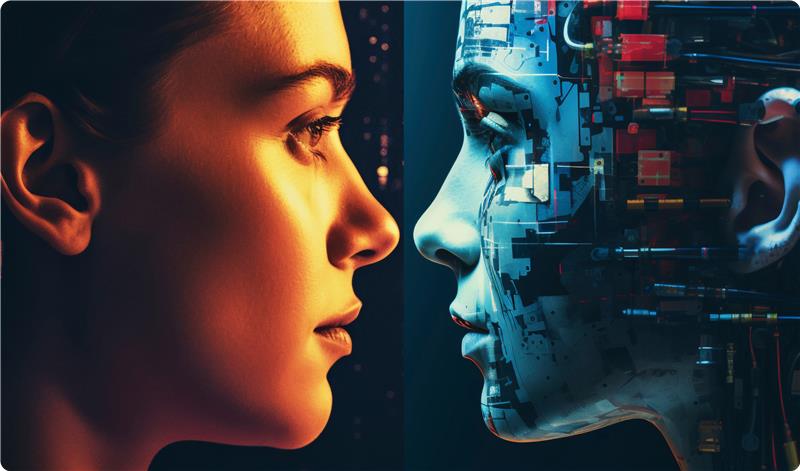
Digital Transformation is the integration of technology into various aspects of an organization’s operations, processes, strategies, and culture. It’s like giving the whole place a tech makeover. It has significantly impacted various industries by enhancing efficiency and productivity by 87% and a 22% reduction in operational costs. Many organizations had to jump on digital transformation as a fallout of COVID-19 and competitors ahead in digital transformation. Though the demand for Experience design increased during the digital transformation years- the focus remained on implementing digital tech rather than designing the best experience. This quote from McKinsey says it all Large companies globally have captured, on average, only 31 percent of expected revenue lift and 25 percent of expected cost savings from their digital and AI transformations. While it became a huge phenomenon worldwide it also fell short of the industry’s lofty expectations. So, what can we infer from this data?
Digital Transformation is not a shiny new thing anymore and has now become a continuous ongoing process. But as we move past the digital revolution, companies are/ or will also struggle in customer acquisition, conversion, retention, and monetization. Massively used applications such as E-commerce and telecommunications have been meticulously optimized to cater to user needs, resulting in a relatively similar user experience. These have essentially become what we like to call as ‘solved problems.’ AI tools like Chatgpt, QoQo, and Bard have furthermore generalized the experience. A Nielsen study found that 59% of consumers believe that all brands and products are becoming more similar which would bring in commoditization challenges. Those who have transformed their B2B journeys will struggle to keep up efficiencies at scale. According to a survey by Gartner, 81% of customers said they would pay more for a better customer experience, highlighting the importance of differentiation.
This clearly suggests that DT has had some missing pieces – User Experience design being one major.
Hence, the critical question arises: How can we bring in differentiation?
The next set of differentiation and innovation – the next big thing- will come from experience optimization (EO). It will be much more than just designing experiences and AI going hand in hand.
While experience optimization (EO) is not a new concept, two factors have exacerbated the need for it to be taken seriously. One – the introduction of AI into a consumable everyday form (ex: ChatGPT) and two- the tail end of digital transformation (DT).
DT went through a period of acceleration during and after the pandemic, and many organizations have benefitted from creating digital systems. But can we say the same thing about customer/user experience? Has CX/UX benefitted to that extent from DT? Not to the extent it should have been. For organizations looking to create further value, experience optimization is key to their growth. A couple of factors are dominating the need for EO:
- Customer and user needs are changing rapidly. The earlier long cycles of product development and updation may no longer work for these ever-changing needs. With the advent of AI, human experience has become an even more critical factor in designing experiences. No one knows at this point the benefits of AI to human experience- it can go to one extreme of being immensely useful to the other end.
- There is a need for hyper-personalization- understanding and predicting human behavior. AI brings in a deep understanding of user behavior, their interactions with products, and in rapid time. The time taken to analyze user behavior and discern patterns will come down drastically.
While the speed, accuracy, and sense-making of AI will happen at a blitzing pace, the same is not true of new product development. The reaction time to create newer experiences needs to come down.
While AI would play a prominent part in EO would the human role in human-centered design be dead?
We wouldn’t say so. While AI contributes in terms of making sense of large data, pattern recognition, and predicting behaviors- human designers will contribute to meaning-making, context-setting, and experimenting. Human creativity will be unleashed and push the boundaries of innovation to create true continuous experience optimization.
The model from our POV is to implement rapid cycles of research, understanding behaviors, discerning patterns, and super fast innovative prototyping. In fact, at some point, all of these steps will happen in real-time.
Organizations that do not adopt this approach are in for a challenging period!






